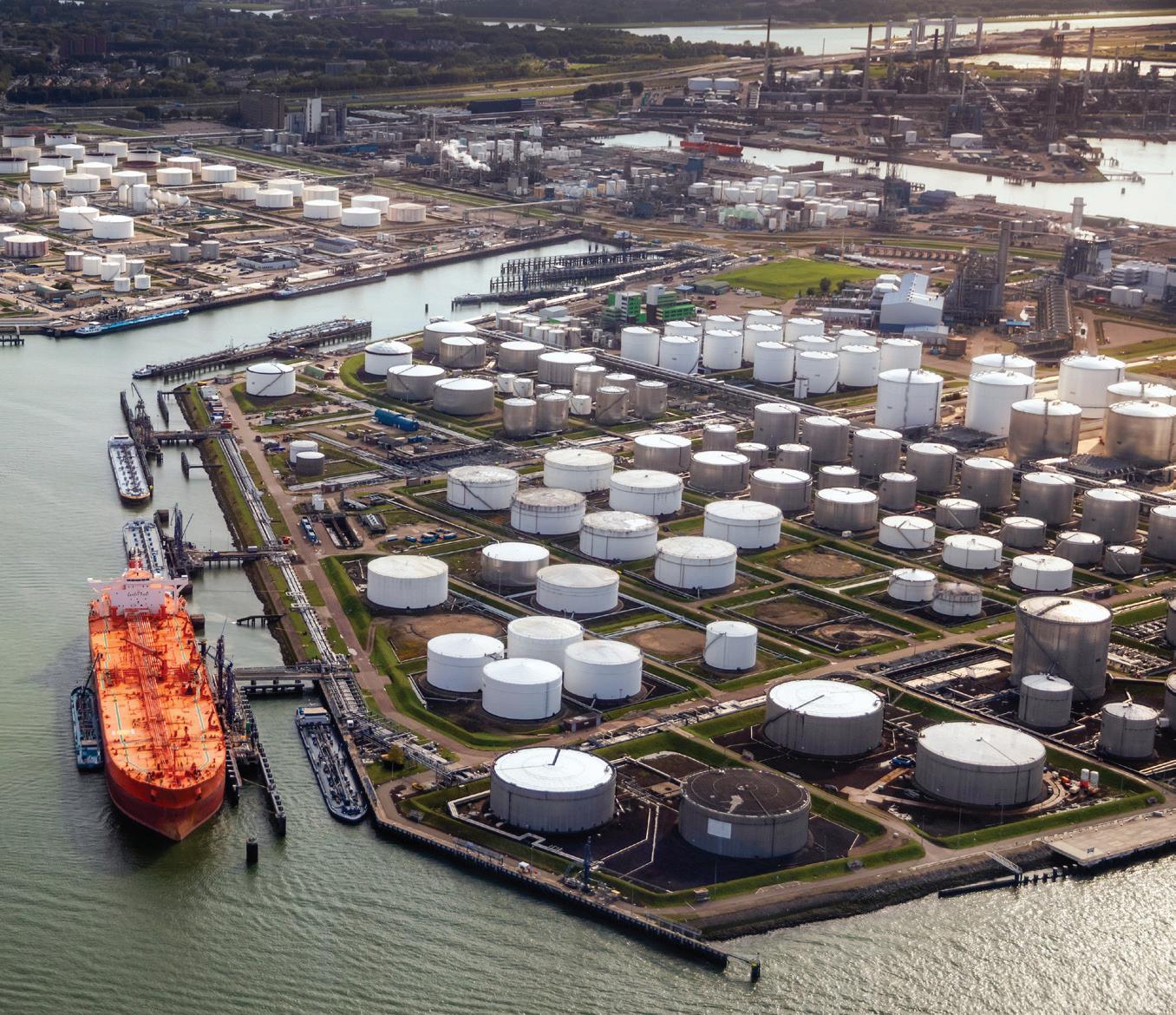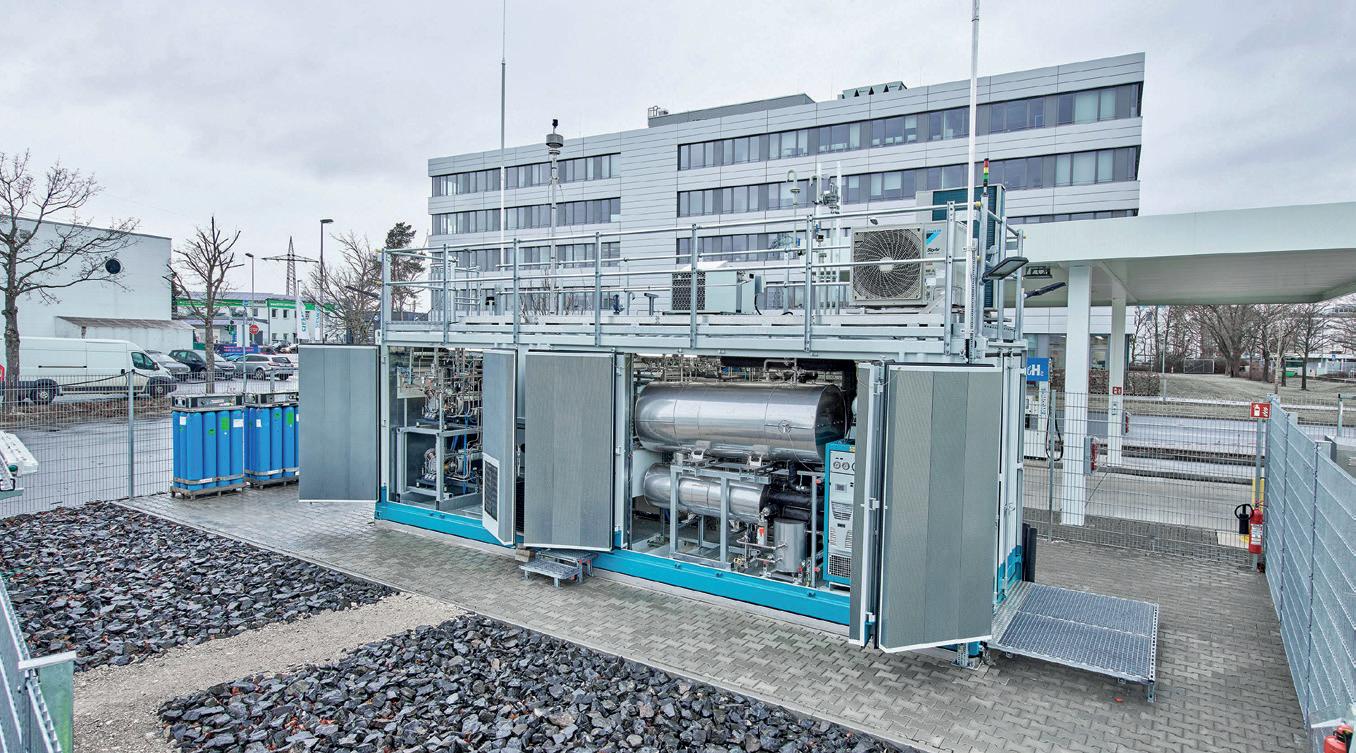
2 minute read
Stockpiling, energy security and the single market
FETSA’s executive director, Ravi Bhatiani, tells Tank Storage Magazine about the proposals for a Single Market Emergency Instrument
A MORE volatile world leads to greater economic planning for worst case scenarios. In September, the European Commission proposed a Single Market Emergency Instrument. While this was partly triggered by the war in Ukraine, it was mostly prompted by the lack of stockpiles of critical supplies at the start of the pandemic and the semiconductor shortage. In summary, the Single Market Emergency Instrument establishes a framework of measures to anticipate, prepare for and respond to impacts of crises on the single market. Part of this project is to build up stockpiles of critical raw materials and strategic products across the European Union. Stockpiles act as a buffer to even out supply and demand in case of market volatility. They also potentially offer a mechanism to stabilise prices, if stockpiles are released during a period of market tightness. A stockpile also reduces other countries’ leverage on Europe, as a stockpile can help to reduce dependency on a third country and reduces the impact of a supply cut off, for example.
Advertisement
HOW MIGHT AN EMERGENCY SYSTEM WORK?
The EU system is still in the early days of development and the precise way in which this will work is still being elaborated. Our previous experience under the Oil Stocks Directive has been that there is a central authority that determines, on the basis of market monitoring, when a stockpile should be released and this body also determines the quantity of product to be released. In the case of oil stockpiles that exist today, this body is the International Energy Agency. The UK is unlikely to be included in EU plans due to Brexit and the EU wanting to control stockpiles on EU territory. However, it’s safe to assume that the UK and other countries might also consider this kind of initiative, especially given the consequences of relying on spot markets for gas security. For example, the lack of strategic gas storage in the UK does not help with energy security in this region.
WHAT IS CONSIDERED CRITICAL?
An open question related to the Single Market Emergency Instrument is precisely what are the products that will be stockpiled and deemed strategic for the EU. Finished products, like chips, have been mentioned, but also gases for critical supply chains like noble gases. Other potential critical products include future fuels such as hydrogen and raw materials going into renewable and battery technologies such as lithium. As usual, the extent and composition of stockpiles will probably depend on their costs, locations, criticality of the product in question, etc. Normally, stockpiles are located in a range of regions to ensure resilience, and proximity to users. They tend to be close to industrial hubs and are situated in places where there are good road, rail and sea links to transport to feed industry and replenish stocks. Tank storage companies are used to holding stockpiles and have permits for storage of a variety of products. So it makes sense that many will be looking closely at the opportunities that could arise from EU stockpiles of strategic products. Rather than a slew of new terminals, however, operators would be looking at a potential change in product mix if future energy carriers, critical chemicals and critical gases for strategic supply chains were to be listed as needed for stockpiling.
For more information:
www.fetsa.eu










